Optimal Timing for Mudjacking Service
Determining the optimal time for mudjacking service depends on weather conditions and soil stability. Proper timing ensures the effectiveness and longevity of the repair. Typically, dry and mild weather conditions are ideal for scheduling mudjacking, as moisture levels influence the curing process and adhesion of the slurry.
These seasons offer moderate temperatures and low precipitation, making them suitable for mudjacking. Soil is less prone to excessive moisture, reducing the risk of future settling.
As temperatures stabilize and rainfall decreases, late summer and early fall provide good conditions for mudjacking projects.
Mudjacking should be avoided during freezing temperatures, as the expansion and contraction can compromise the repair's integrity.
Scheduling after dry spells or periods of stable weather ensures the substrate is suitable for mudjacking, preventing issues related to excess moisture.

A technician applying mudjacking slurry to a sunken driveway.
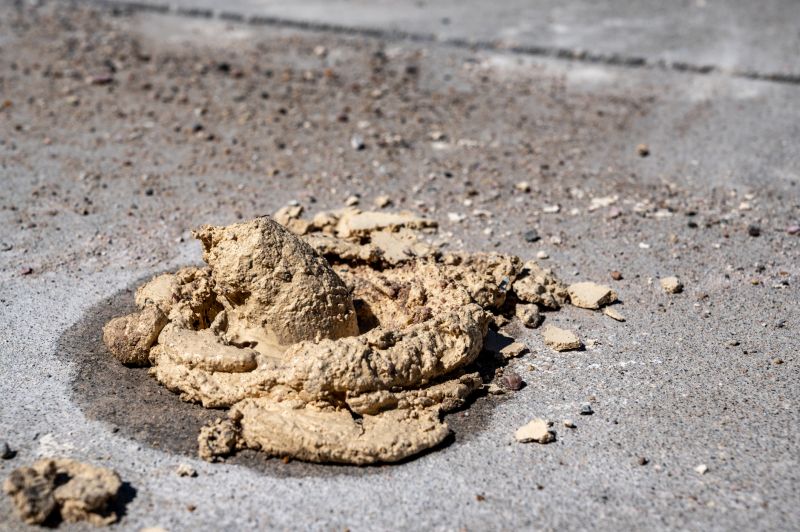
Preparing the ground surface before injection to ensure stability.
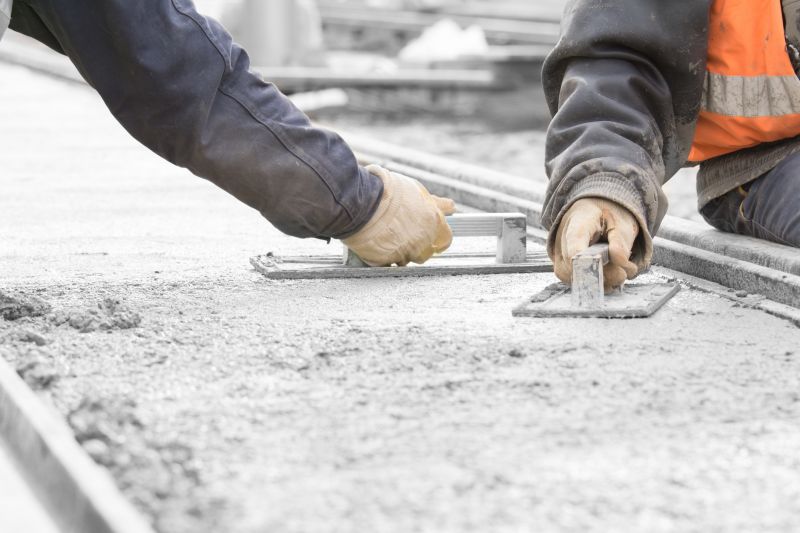
A level and stable driveway after mudjacking service.

Monitoring weather to choose the best timing.
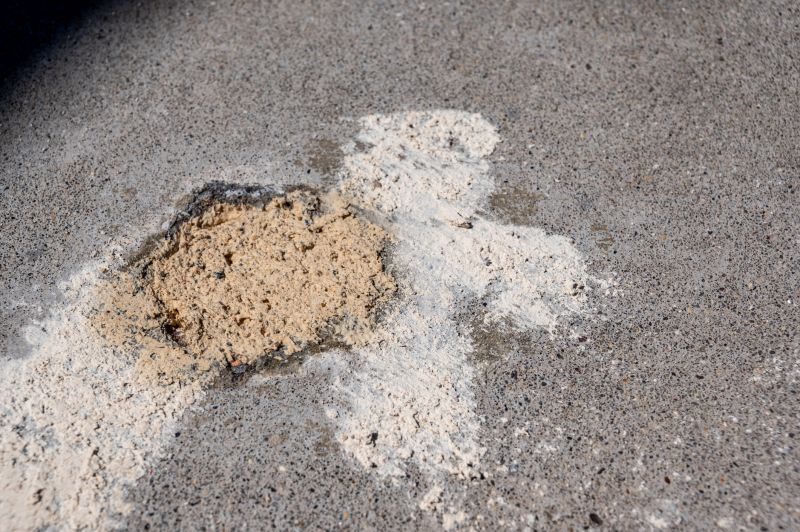
Ways to make Mudjacking Service work in tight or awkward layouts.

Popular materials for Mudjacking Service and why they hold up over time.
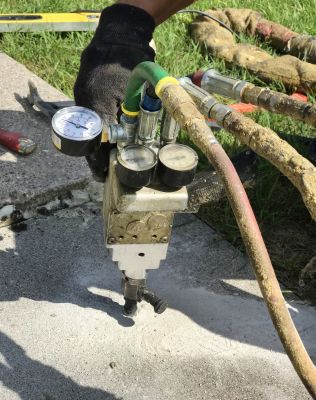
Simple add-ons that improve Mudjacking Service without blowing the budget.

High-end options that actually feel worth it for Mudjacking Service.
| Season | Ideal Conditions |
|---|---|
| Spring | Moderate temperatures, low precipitation, soil drying |
| Summer | Warm, dry periods are suitable, avoid extreme heat |
| Fall | Stable weather, soil moisture levels decreasing |
| Winter | Not recommended during freezing temperatures |
| Post-Weather Events | After dry spells or stable weather conditions |
Mudjacking is a cost-effective and efficient method for leveling and stabilizing sunken concrete surfaces. It involves injecting a slurry beneath the affected area to lift and support the substrate. The process is quick, minimally invasive, and can restore the integrity of driveways, sidewalks, and patios. Proper timing enhances the durability of the repair, preventing future settling and damage.
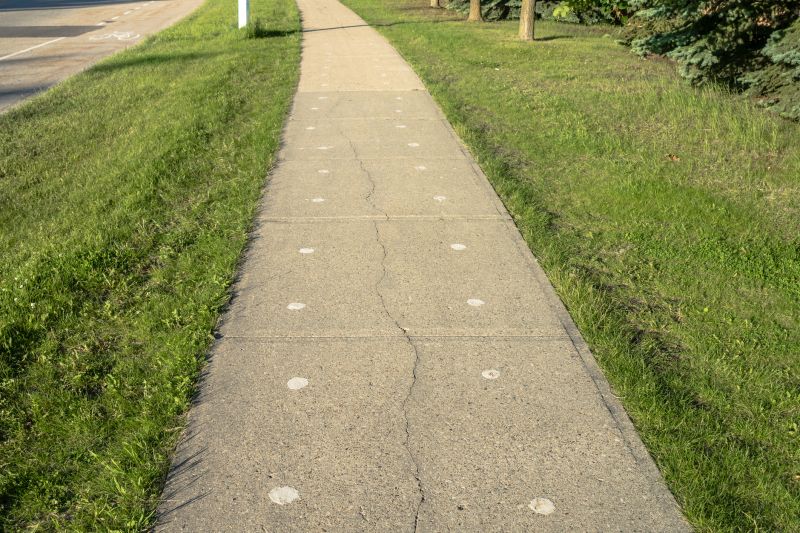
Injection of slurry beneath the concrete surface.
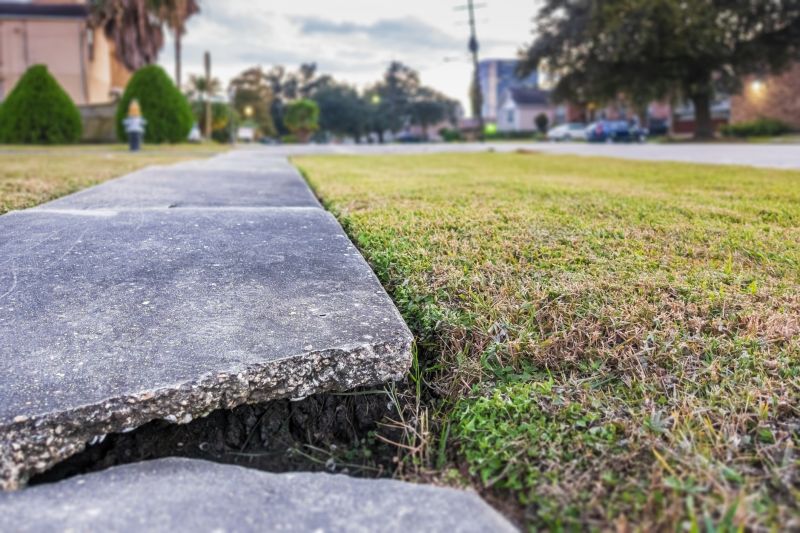
Comparison of sunken vs. leveled concrete.

Specialized equipment for precise injection.
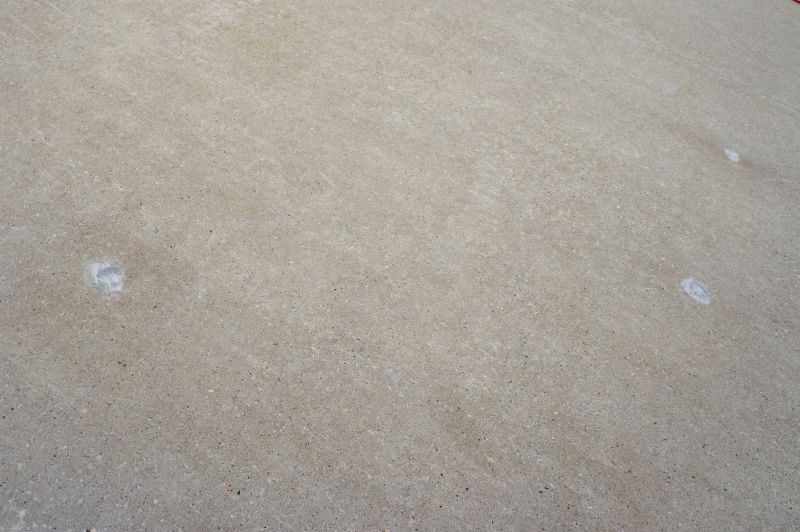
Smooth, level surface ready for use.

Finishes and colors that play nicely with Mudjacking Service.
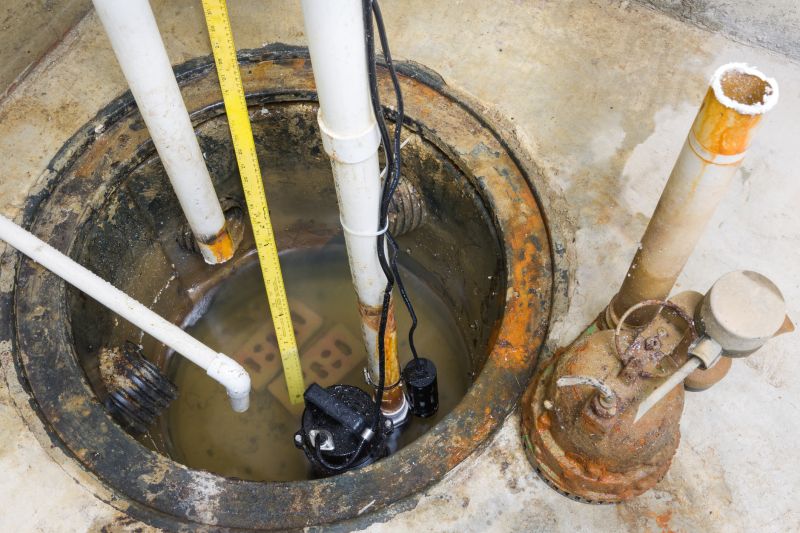
Little measurements that prevent headaches on Mudjacking Service day.
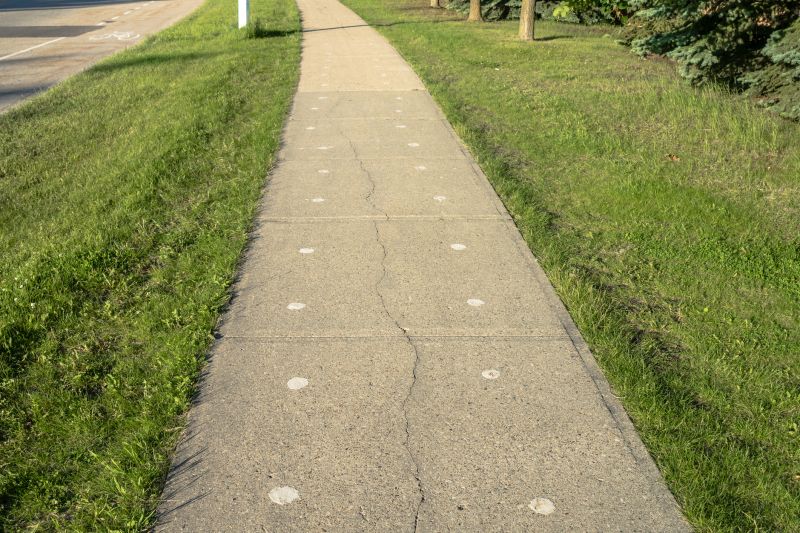
A 60-second routine that keeps Mudjacking Service looking new.

A frequent mistake in Mudjacking Service and how to dodge it.
Interested in mudjacking services? Filling out the contact form can provide more information and help determine the best schedule for a specific project. Proper timing and technique can extend the lifespan of concrete surfaces and improve safety and appearance.



